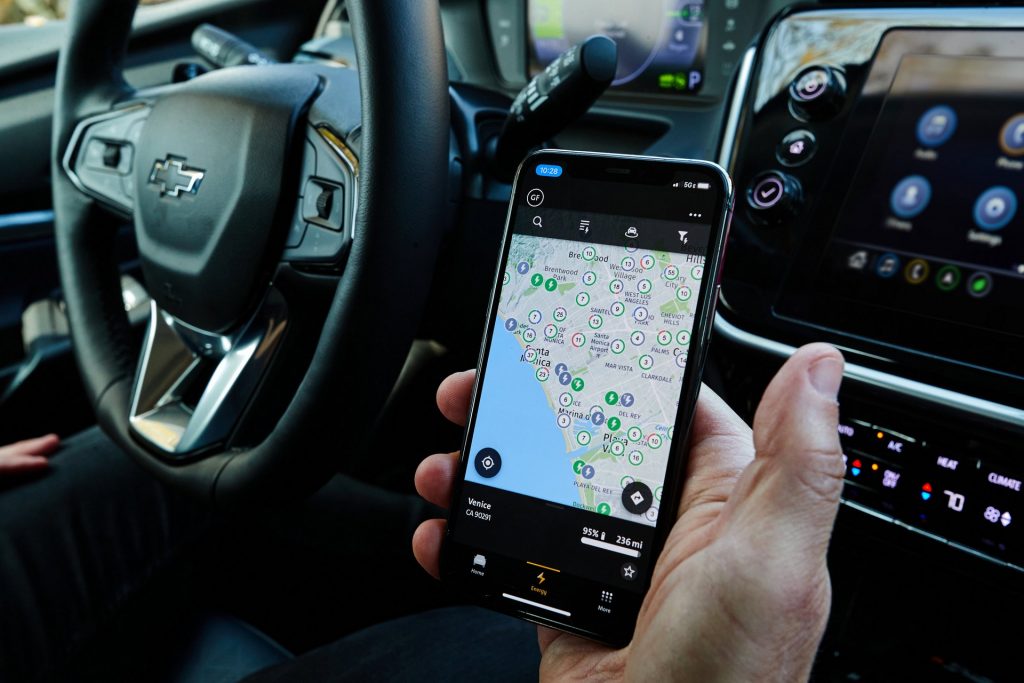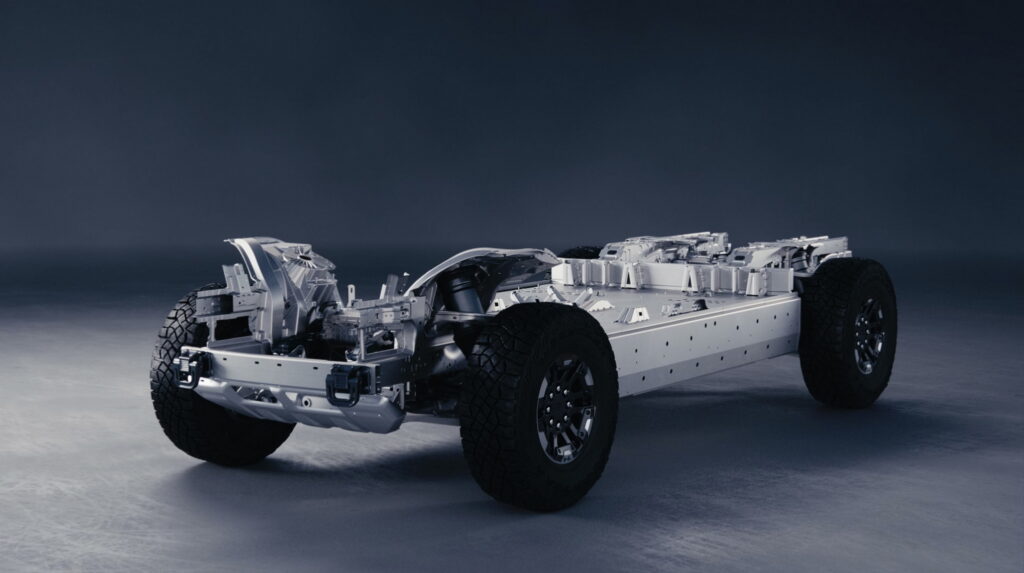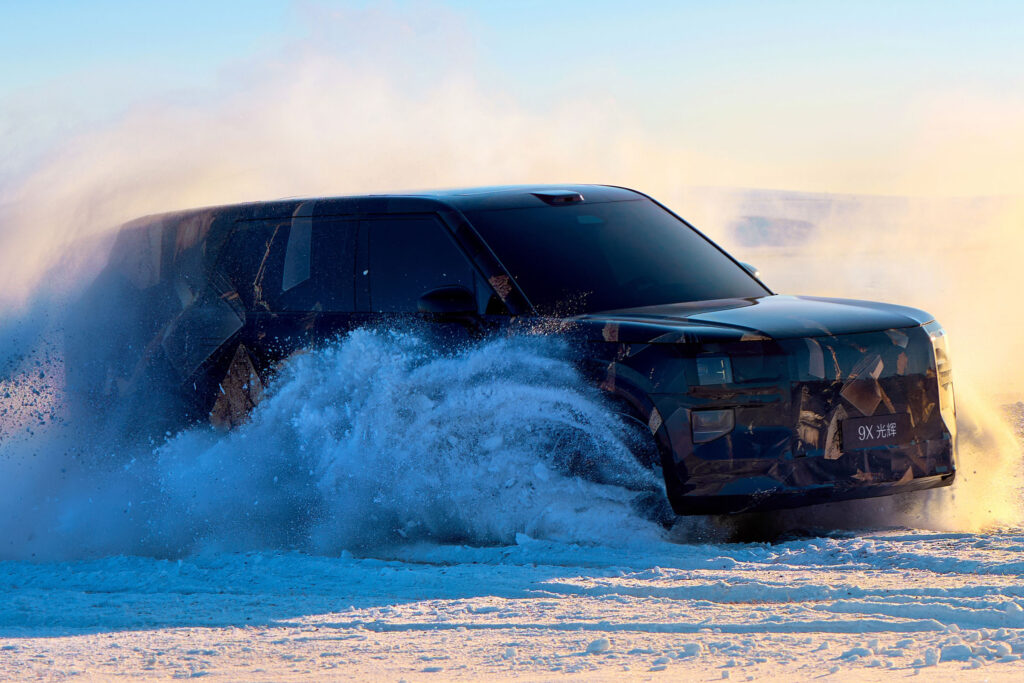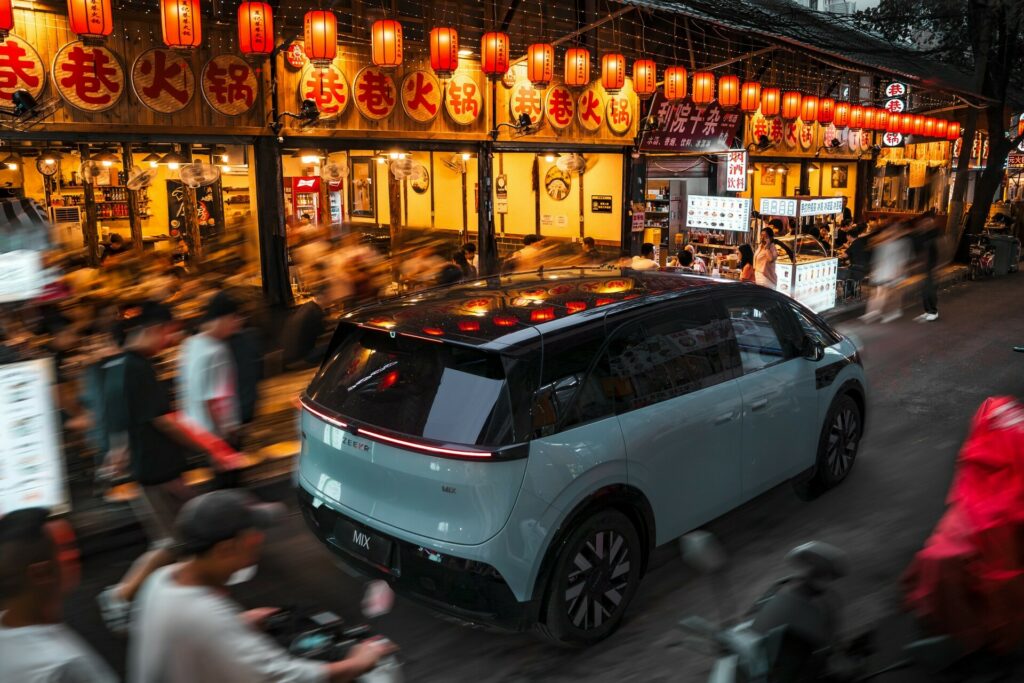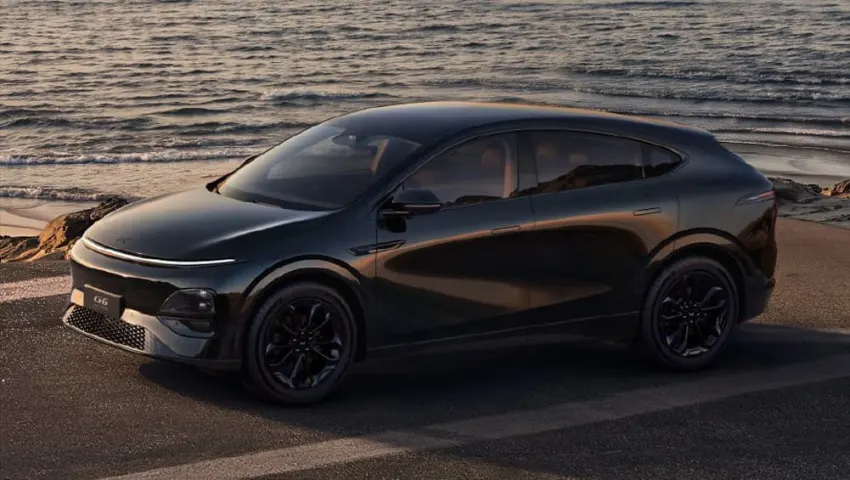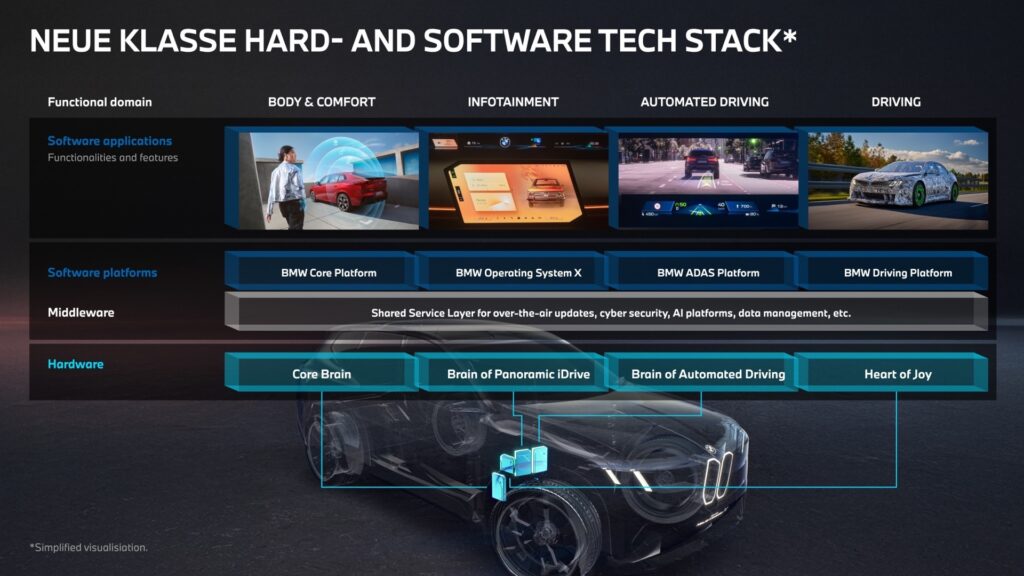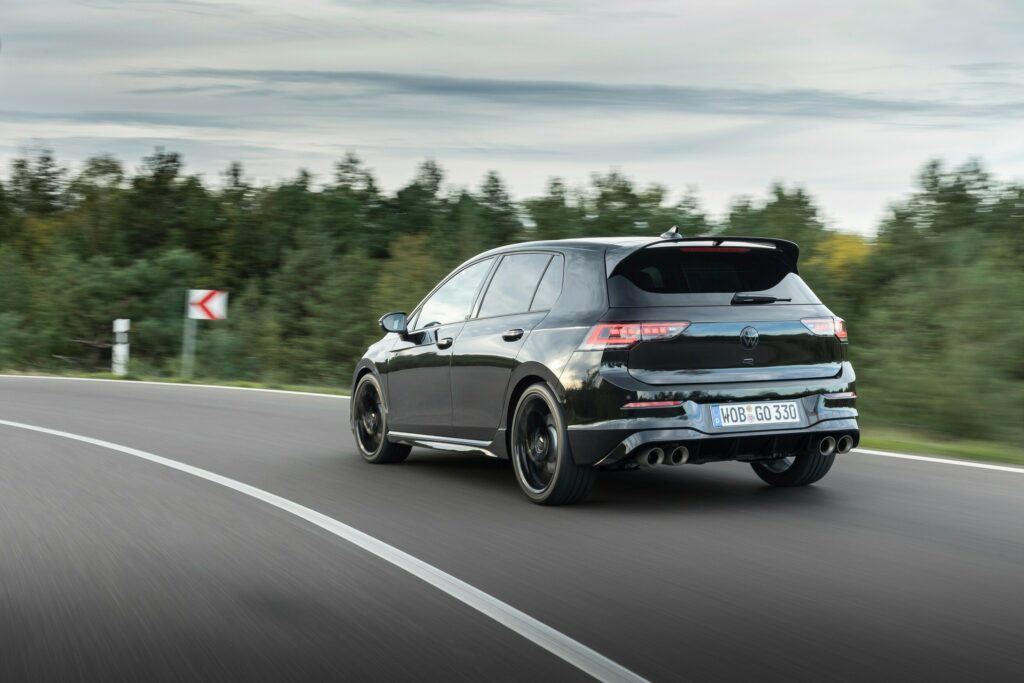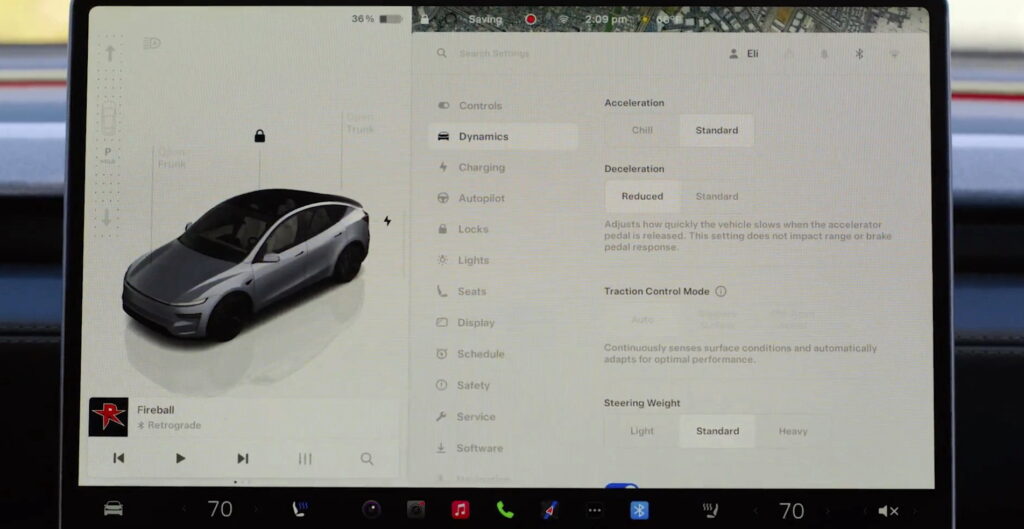China’s Giant Space Solar Station Could Beam Endless Power To EVs And Homes
- China is proposing to build a huge solar power station in space.
- The efficient solar panel setup would measure 0.6 miles across.
- Energy is converted to microwave radiation and beamed to Earth.
Modern solar panels are vastly more efficient than those 20 or 30 years ago, but they’re still prevented from operating at peak performance 24/7 by bad weather and nighttime darkness. Just imagine if you could collect all that solar energy uninterrupted from space. Well, China thinks it can.
Chinese scientists plan to build a huge solar power station that will sit more than 20,000 miles (32,000 km) above the surface of the Earth, measuring around 0.6 miles (1 km) across when fully built. In addition to getting access to constant sunlight, space-based solar stations enjoy energy density that’s 10 times greater than what you might get from the roof-mounted solar panels on your house because the sunlight in space is that much more intense.
Wondering how all those lovely clean Watts are pumped back to Earth? It’s done by converting the electricity into microwave radiation, which is then beamed to a fixed antenna on terra firma, Popular Mechanics explains. And the man behind the technology says it’s no, er, flight of fancy.
“We are working on this project now,” Long Lehao, a rocket scientist and member of the Chinese Academy of Engineering (CAE), told SMCP. “It is as significant as moving the Three Gorges Dam to a geostationary orbit 36,000km (22,370 miles) above the Earth.”

Three Gorges Dam on Yangtze River (credit: Wikimedia Commons)
Big Ambitions, Even Bigger Engineering
China’s Three Gorges Dam (pictured above) is a hydroelectric power station that opened in 2012 and whose 100 billion kWh annual power generation capacity makes the Hoover Dam look like a dripping tap. Long claims the energy collected in one year from the space station would be “equivalent to the total amount of oil that can be extracted from the Earth.”
More: World’s First Permanently Electrified Road For EV Charging On The Move
The Three Gorges was such a mammoth project that it took 18 years to complete, and there would be no quick turnaround on the solar space station project, either. The massively complex build process required to get all of the solar station’s parts into orbit – including developing a heavy-lift rocket for the job – means it’ll be years before it’s powering our lights and electric cars.
But if it works? It could light up cities, power EVs, and quietly reshape how we think about renewable energy—without ever casting a shadow.

